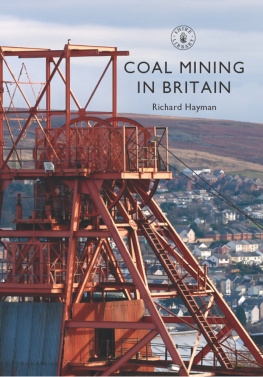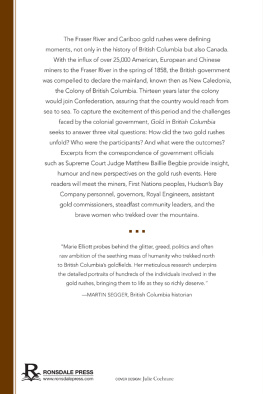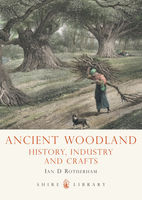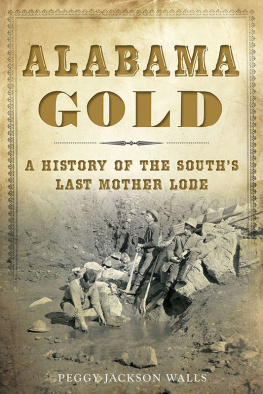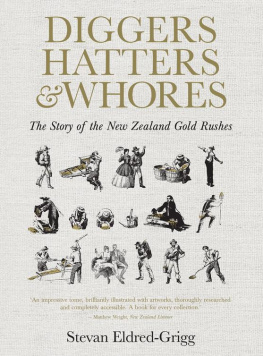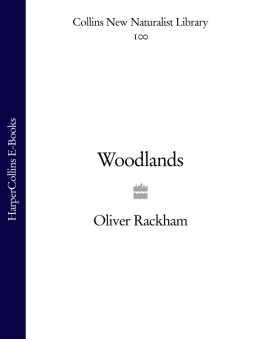MONEY PITS
Modern Economic and Social History Series
General Editor: Derek H. Aldcroft
Titles in this series include:
British Mail Steamers to South America, 18511965
A History of the Royal Mail Steam Packet Company and Royal Mail Lines
Robert E. Forrester
British Conservatism and Trade Unionism, 19451964
Peter Dorey
Personal Capitalism and Corporate Governance
British Manufacturing in the First Half of the Twentieth Century
Myrddin John Lewis, Roger Lloyd-Jones, Josephine Maltby and Mark David Matthews
A Decent Provision
Australian Welfare Policy, 1870 to 1949
John Murphy
Commerce and Culture
Nineteenth-Century Business Elites
Edited by Robert Lee
The Eclipse of Elegant Economy
The Impact of the Second World War on Attitudes to Personal Finance in Britain
Martin Cohen
The American Reaper
Harvesting Networks and Technology, 18301910
Gordon M. Winder
Land, Proto-Industry and Population in Catalonia, c. 16801829
An Alternative Transition to Capitalism?
Julie Marfany
The Making of a World Trading Power
The European Economic Community (EEC) in the GATT Kennedy Round Negotiations (196367)
Lucia Coppolaro
Eastern European Railways in Transition
Nineteenth to Twenty-first Centuries
Edited by Ralf Roth and Henry Jacolin
Money Pits
British Mining Companies in the
Californian and Australian Gold Rushes of the 1850s
JOHN WOODLAND
ASHGATE
John Woodland 2014
All rights reserved. No part of this publication may be reproduced, stored in a retrieval system or transmitted in any form or by any means, electronic, mechanical, photocopying, recording or otherwise without the prior permission of the publisher.
John Woodland has asserted his right under the Copyright, Designs and Patents Act, 1988, to be identified as the author of this work.
Published by
Ashgate Publishing Limited
Wey Court East
Union Road
Farnham
Surrey, GU9 7PT
England
Ashgate Publishing Company
110 Cherry Street
Suite 3-1
Burlington, VT 05401-3818
USA
www.ashgate.com
British Library Cataloguing in Publication Data
A catalogue record for this book is available from the British Library
The Library of Congress has cataloged the printed edition as follows:
Woodland, John.
Money pits : British mining companies in the Californian and Australian gold rushes of the 1850s / by John Woodland.
pages cm. -- (Modern economic and social history)
Includes bibliographical references and index.
ISBN 978-1-4724-4279-6 (hardcover : alk. paper) -- ISBN 978-1-4724-4280-2 (ebook) -- ISBN 978-1-4724-4281-9 (epub) 1. Gold mines and mining--California--History--19th century. 2. Gold mines and mining--Australia--History--19th century. I. Title.
HD9506.U63C396 2014
338.27410979409034--dc23
2014013553
ISBN: 978-1-4724-4279-6 (hbk)
ISBN: 978-1-4724-4280-2 (ebk PDF)
ISBN: 978-1-4724-4281-9 (ebk ePUB)
Contents
List of Figures
A Shareholder, Mining & Miners and Diggers & Priggers, London, W. Kent & Co., 1854
A Shareholder, Mining & Miners and Diggers & Priggers
.
A Shareholder, Mining & Miners and Diggers & Priggers
A Shareholder, Mining & Miners and Diggers & Priggers
A Shareholder, Mining & Miners and Diggers & Priggers
A Shareholder, Mining & Miners and Diggers & Priggers
A Shareholder, Mining & Miners and Diggers & Priggers
A Shareholder, Mining & Miners and Diggers & Priggers
.
A Shareholder, Mining & Miners and Diggers & Priggers
A Shareholder, Mining & Miners and Diggers & Priggers
.
A Shareholder, Mining & Miners and Diggers & Priggers
A Shareholder, Mining & Miners and Diggers & Priggers
List of Tables
Preface
Money Pits had its beginnings more than a decade ago when, following a change of career path from geologist to historian, I was researching the history of the Clunes goldfield, just north of Ballarat in Victoria. I became engrossed in the career of the Port Phillip and Colonial Gold Mining Company, Clunes largest and most successful mine and the men behind its success, both in Clunes and its headquarters in London.
The more I delved, the more I discovered about its beginnings in the heady days of British stock market speculation during the Californian and Australian gold rushes of the late 1840s and early 1850s. It was obvious that it was just one company among many that had sprung to life during this so-called gold bubble period.
At the time I was writing both a book about the Port Phillip Company for the 150th anniversary of the discovery of gold in Victoria (at Clunes), and a thesis on the influence of its resident director on the companys success.
Nevertheless, my interest in the other companies formed in Britain during the gold bubble continued to grow despite, or perhaps just because, very little seemed to have been written about them. What had been written dismissed them as unsuccessful, which they were, but I was intrigued by what lay behind each companys failure and what might otherwise have seen at least some of them succeed.
This fascination led to a doctoral thesis on the British-funded gold bubble companies promoted for the Australian goldfields and since then I have researched the corresponding companies promoted for the goldfields of California in order to give an overall view of the gold bubble event. My thanks go to my wife, Judith, and our children for their support and encouragement throughout the researching and writing of this book. Without Judith as research assistant, travelling companion, sounding board and secretary it would have proved so much harder, if not impossible.
Between 1849 and 1853 shares in nearly 120 public companies to exploit the booming goldfields of California and Australia were offered to the British public. Many proposed to carry out large-scale mining and processing operations, others intended to buy and sell or refine gold, to establish banks or mints or to arrange passages to the goldfields for would-be gold diggers. The companies were collectively capitalised at over 15 million, but in the end only some 1.75 million was actually raised between 42 of them.
Participants in the 1850s gold bubble paid little heed to the outcome of an earlier gold bubble that had taken place in the mid-1820s as part of a much broader speculative boom. At that time 24 British mining companies attempted to reopen and modernise abandoned gold and silver mines in Latin America. They had raised only 3.6 million of their proposed capitalisation of nearly 19 million before that bubble burst, causing most of them to fail within two years. Several companies formed later on in the 1830s were more successful: one spectacularly so. Interestingly, that one company and the sole surviving company of the 1850s gold bubble shared a number of features in common.
A number of researchers have investigated the mid-1820s speculative boom and several have studied individual gold bubble companies of that period. Until now, however, little attention has been given to the British gold bubble companies of the 1850s and their involvement in the almost simultaneous gold rushes on both sides of the Pacific Ocean.
Speculation in the various companies shares reached fever pitch during 185152, its effects being somewhat comparable with those of the dot com bubble of 19952000. Indeed, newspapers of the day referred to the episode as a gold bubble, forecasting that it would end in ruin, which it subsequently did for all but one company.
Next page





